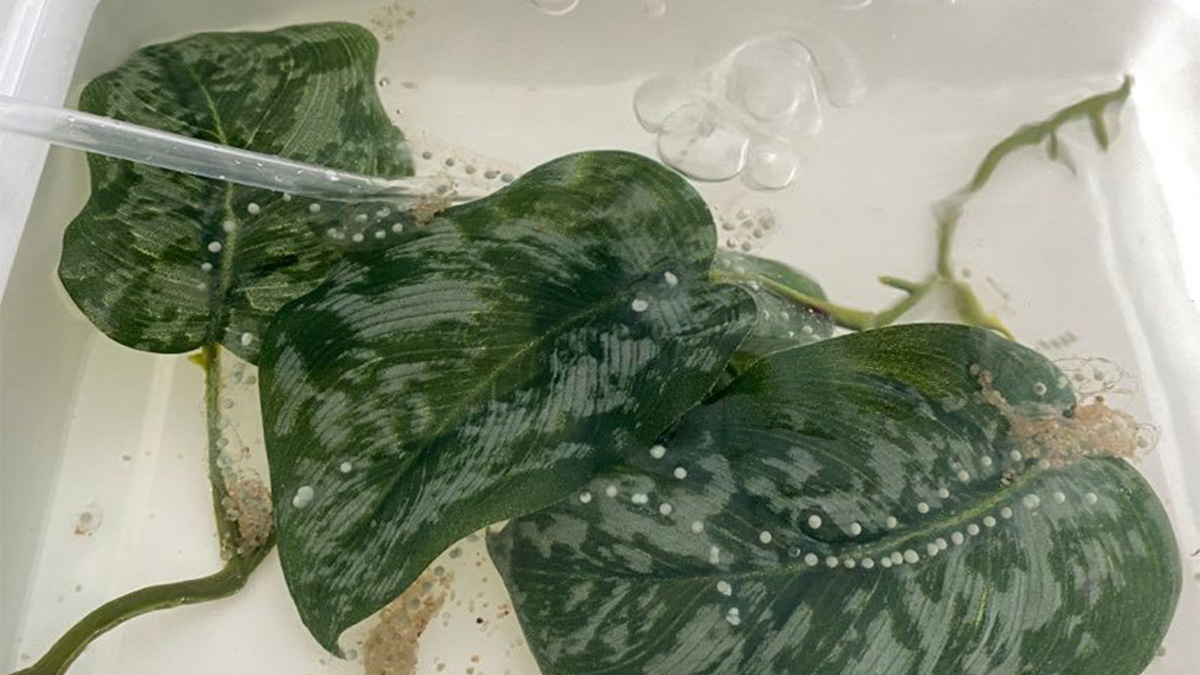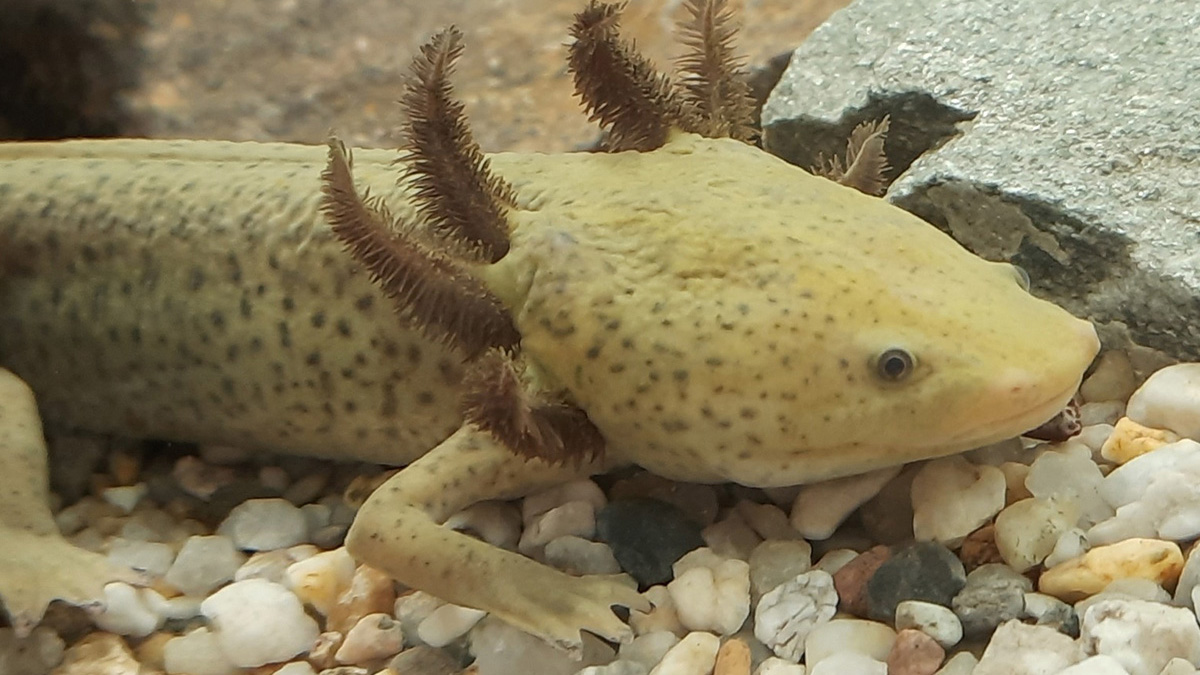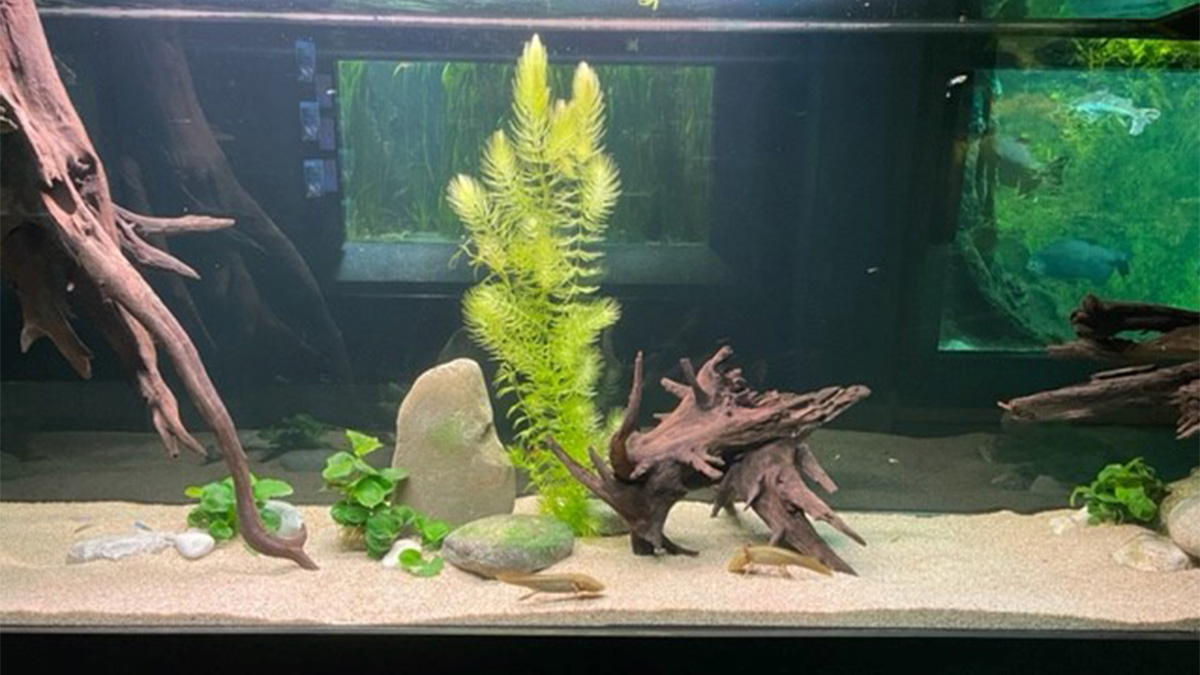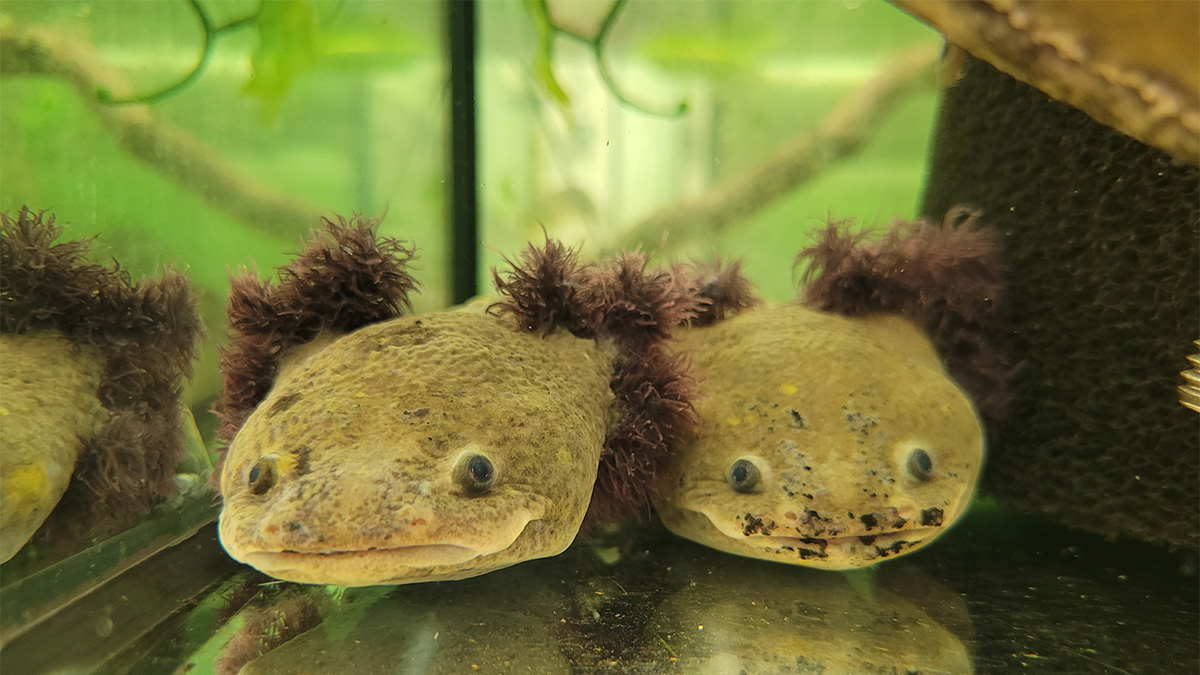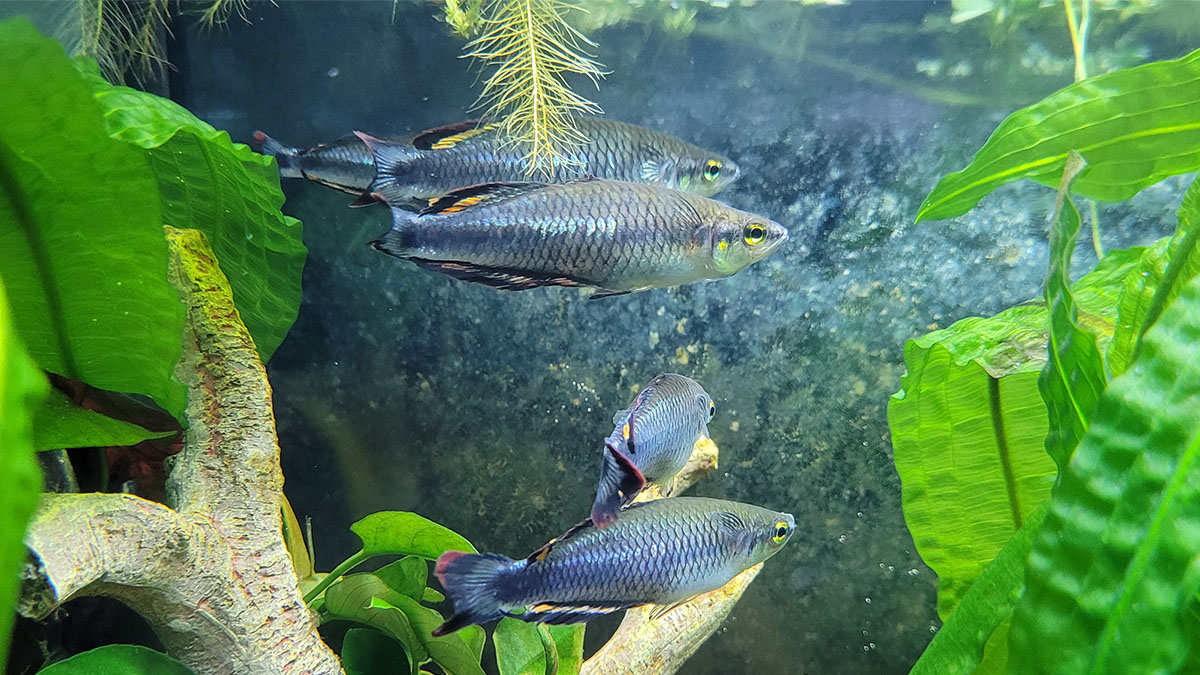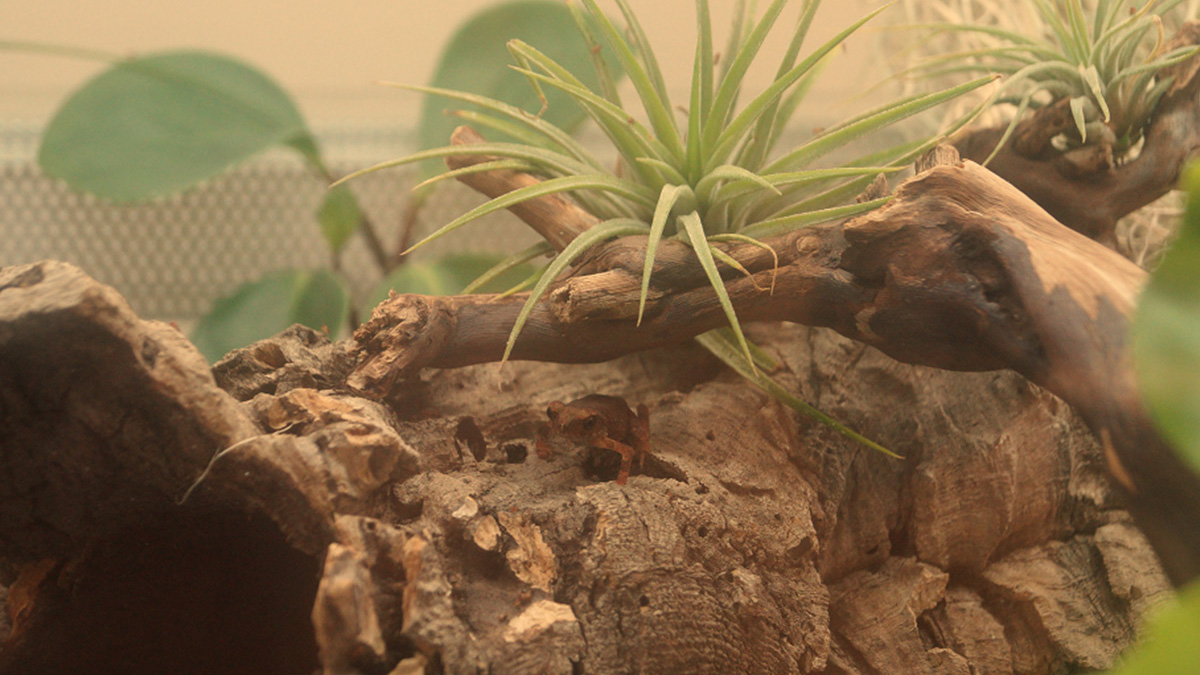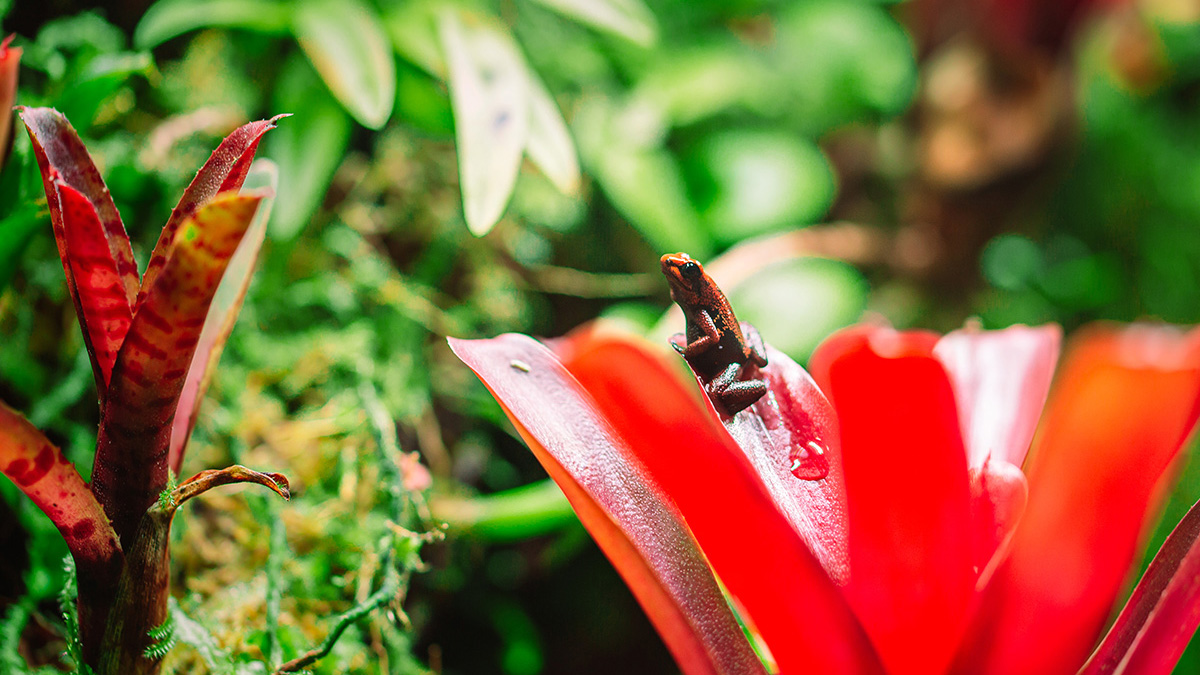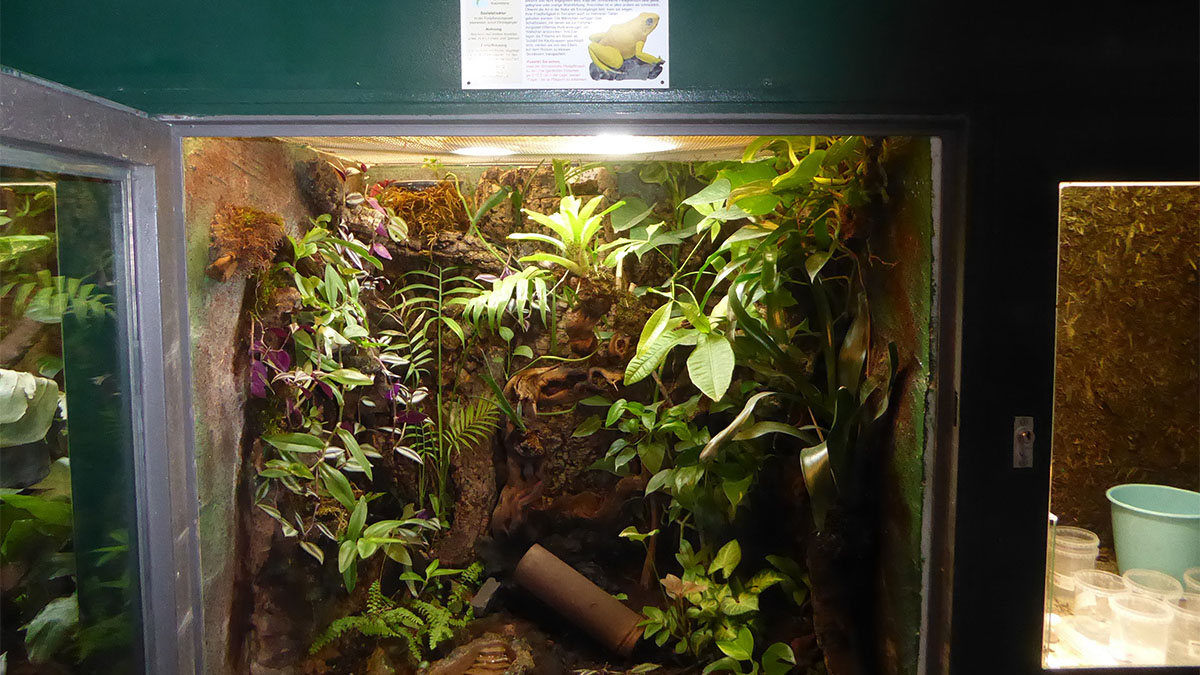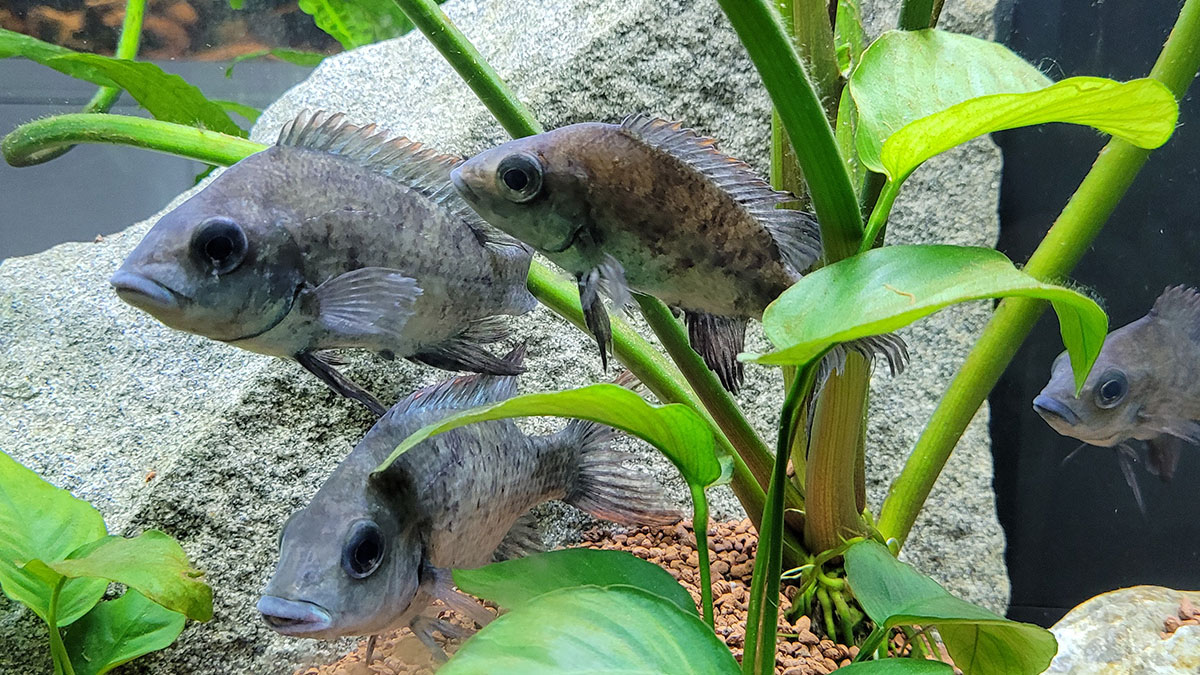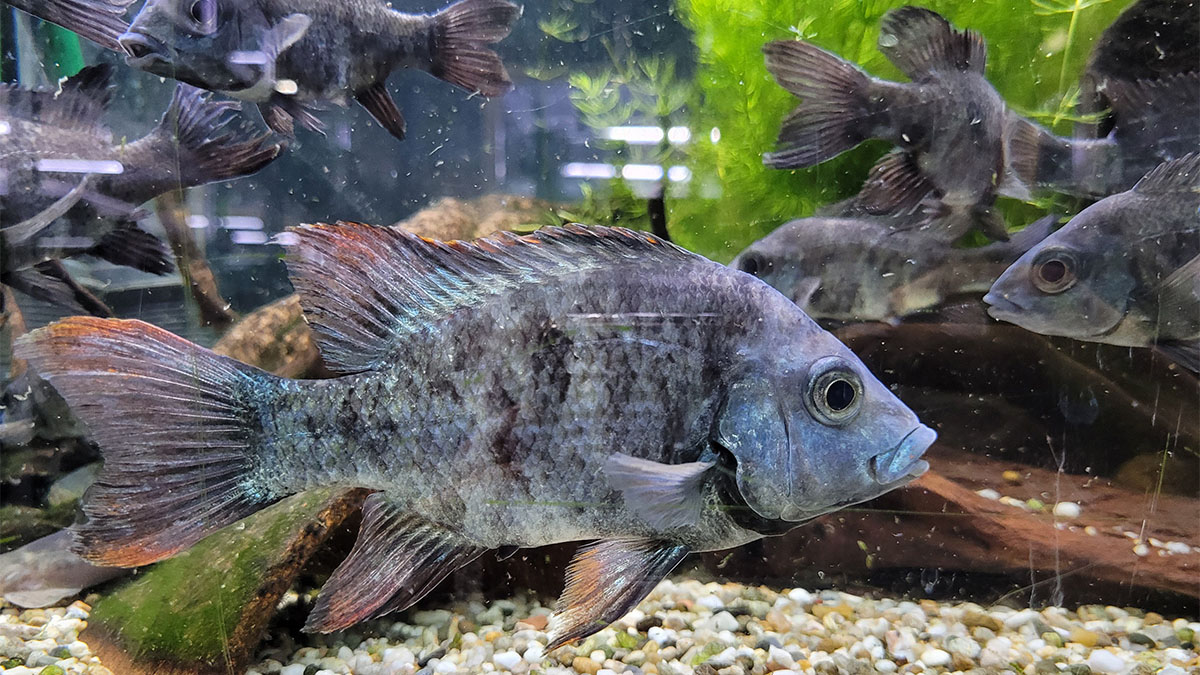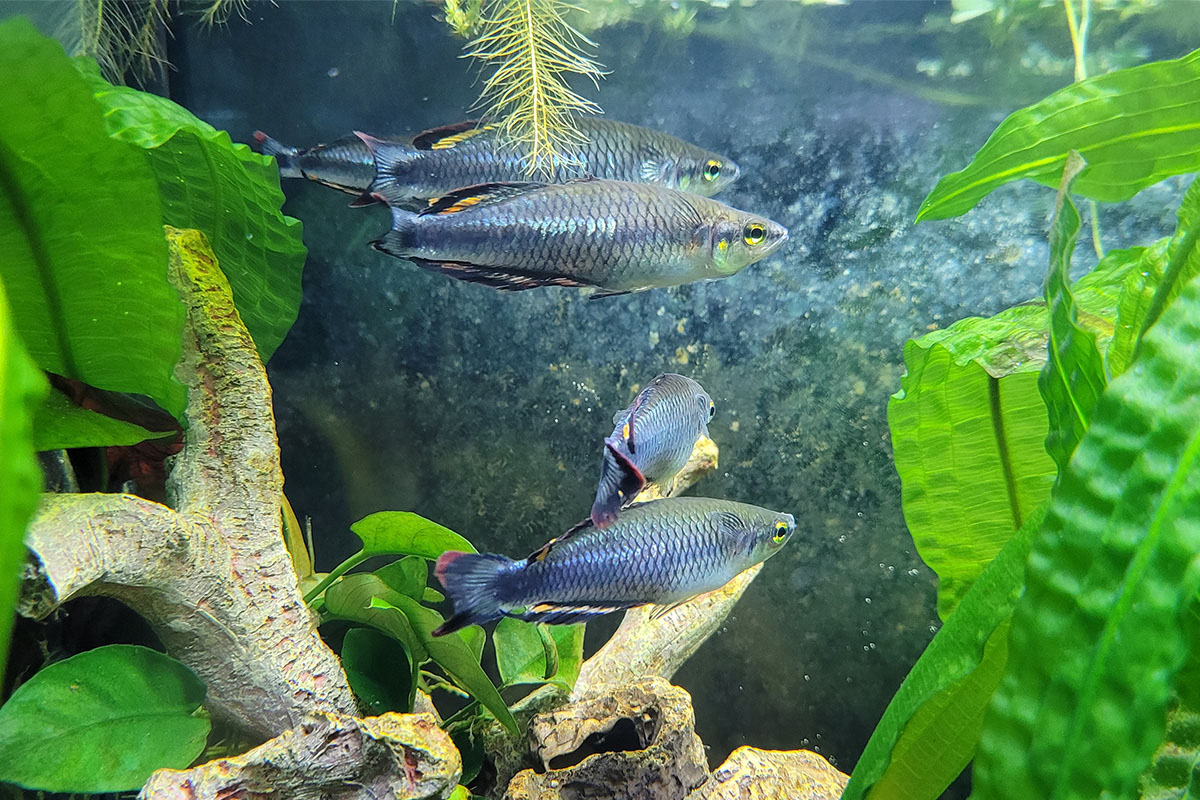
Biannual report 2 / 2022: Before the end of the pilot phase
When Citizen Conservation was launched in 2018, the project sponsors Frogs & Friends, VdZ and DGHT decided to run a five-year pilot phase to test whether our beautiful concept would work in practice.
Self-set goals achieved
In these first five years, we had planned to establish the basis for conservation breeding of 10 amphibian species by finding an average of 15 keepers for each of them; this would correspond to 150 husbandries. A look at the figures at the end of the fifth year shows: under the umbrella of CC, amphibians from 12 species or subspecies are currently maintained in 138 husbandries, in addition to another four fish species, which are cared for in 24 husbandries. This lays the foundation for the conservation of these 16 mostly highly endangered species or subspecies in human care. As of November 1, 2022, a total of 1,382 animals were being cared for by participating keepers, zoos, school vivariums and other institutions.
On the way to stable conservation breeding
Nine of the species we care for have already reproduced in CC. Our Lake Pátzcuaro salamander, Mallorcan Midwife toads, Oriental fire-bellied toads, Bony-headed toads, Vietnamese crocodile newts and Mangarahara cichlids are reproducing regularly and with several keepers. Here, we are making great strides towards the target markers we set for a 40-year CC population: 70% has already been achieved for the Vietnamese crocodile newt, 67% for the Mangarahara cichlid, 61% for the Lake Pátzcuaro salamander, and 43% for the Mallorcan midwife toad. In the meantime, there have also been successes with the other fish species – but since we do not report larvae, they are not yet listed in the table.
A new hope
Our problem child so far was the Demonic poison frog because for a long time we had not succeeded in even getting foundation animals. But we can now happily announce that we are one frog leap further: 15 animals could be distributed to three CC keepers after balance closing on November 1. We hope, especially for this extremely critically endangered species with an apparently tiny population of animals in human care, that the first successes will soon be achieved and keep all available fingers crossed for our keepers.
Moving into the next phase
One of the tasks of CC’s pilot phase was to find an own form of organization for the time after. That is why the Citizen Conservation Foundation was founded this year as a non-profit limited liability company. In January 2023, it will go into the next round during the first supervisory and advisory board meeting. The specialist group for fish will be formally established, we will then also start with reptiles including our own specialist advisory board, and of course our amphibian program will continue to be expanded step by step. We are excited to see what will have happened by the time of the next semi-annual review, which we will publish for International Biodiversity Day on May 22, 2023. One or the other new species will certainly appear in the table then.
Inventory overview November 2022
(You can scroll horizontally in the table.)
| Wiss. Name | Dt. Name | Bestand Tiere (m/w/u) | Anzahl Haltungen | Todesfälle 05/22 – 10/22 (m/w/u) | Zugänge Nachzucht 05/22 – 10/22 | Zugänge extern 05/22 – 10/22 | Ziel (Tiere, Halter) | Status* |
|---|---|---|---|---|---|---|---|---|
| Amphibien | ||||||||
| Agalychnis lemur | Lemur-Laubfrosch | 52 (16/12/24) | 9 | 8 (0/0/8) | 5 | 0 | 225, 40 | 23 % |
| Alytes muletensis | Mallorca-Geburtshelferkröte | 209 (3/6/185) | 19 | 24 (1/1/22) | 78 | 0 | 425, 53 | 43 % |
| Ambystoma andersoni | Andersons Querzahnmolch | 84 (2/2/80) | 5 | 0 | 7 | 13 | 225,40 | 25 % |
| Ambystoma dumerilii | Pátzcuaro-Querzahnmolch | 143 (42/45/56) | 23 | 6 (2/2/2) | 19 | 0 | 225, 40 | 61 % |
| Bombina orientalis | Chinesische Rotbauchunke | 200 (17/13/170) | 16 | 2 (0/0/2) | 47 | 54 | 225, 60 | 58 % |
| Ingerophrynus galeatus | Knochenkopfkröte | 74 (14/13/41) | 12 | 23 (0/2/21) | 6 | 4 | 225, 40 | 31 % |
| Minyobates steyermarki | Tafelberg-Baumsteiger | 0 | 0 | 0 | 0 | 0 | 110, 20 | 0 |
| Phyllobates terribilis | Schrecklicher Blattsteiger | 16 (8/6/2) | 4 | 1 (0/0/1) | 0 | 6 | 225, 70 | 6 % |
| Salamandra sal. almanzoris | Almanzor-Feuersalamander | 26 (15/7/4) | 9 | 1 (0/1/0) | 0 | 0 | 185, 30 | 22 % |
| Salamandra salamandra (D) | Feuersalamander | 90 (10/11/69) | 10 | 6 (2/2/2) | 8 | 0 | * | * |
| Telmatobius culeus | Titicaca-Riesenfrosch | 36 (6/6/24) | 6 | 0 | 0 | 20 | 225,45 | 10 % |
| Tylototriton vietnamensis | Vietnamesischer Krokodilmolch | 130 (26/33/71) | 21 | 5 (0/0/5) | 0 | 31 | 185, 30 | 70 % |
| Tylototriton ziegleri | Zieglers Krokodilmolch | 25 (0/0/25) | 6 | 5 (0/0/5) | 0 | 5 | 185,30 | 17 % |
| Fische | ||||||||
| Bedotia madagascariensis | Madagaskar-Ährenfisch | 65 (20/6/39) | 6 | 6 (6/0/0) | 0 | 25 | 192, 16 | 36 % |
| Ptychochromis insolitus | Mangarahara-Buntbarsch | 139 (21/18/100) | 10 | 4 (0/0/4) | 0 | 16 | 192, 16 | 67 % |
| Ptychochromis loisellei | Loiselles Buntbarsch | 59 (17/13/29) | 6 | 4 (0/1/3) | 0 | 4 | 160, 16 | 37 % |
| Ptychochromis oligacanthus | Nosy-Be-Buntbarsch | 44 (6/4/34) | 2 | 6 (0/0/6) | 0 | 0 | 192,16 | 18 % |
m: male, w: female, u: undetermined sex * Status = mean value of the percentage of the target number of keepers already achieved and the target number of animals
NN = yet to be classified
